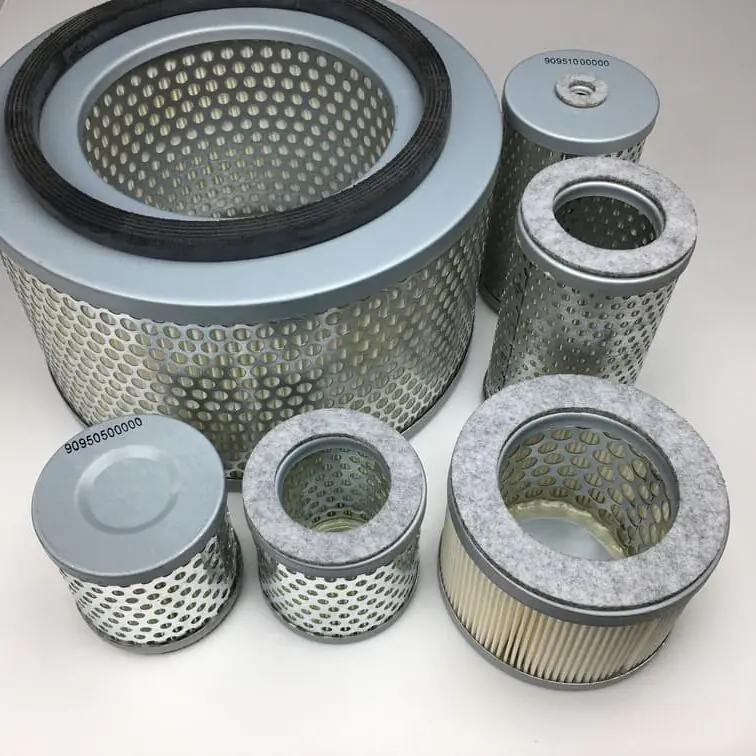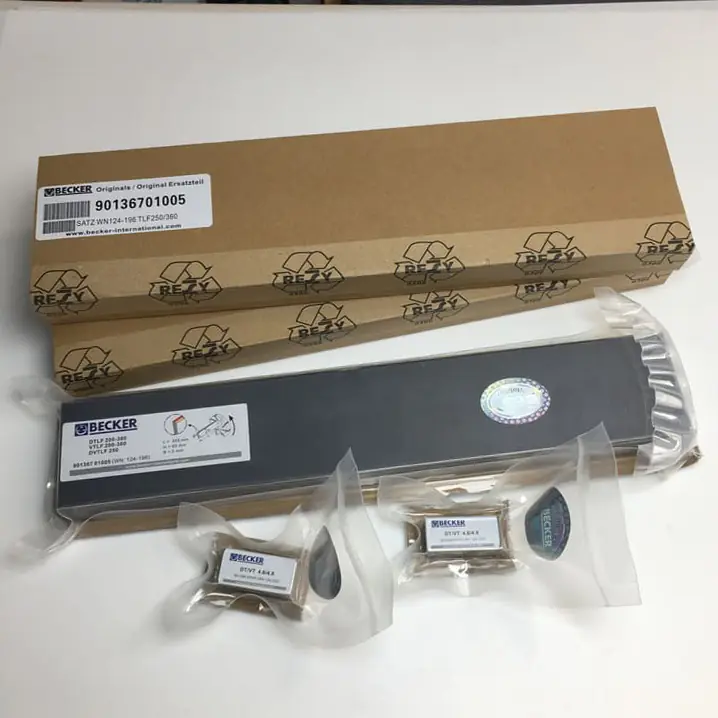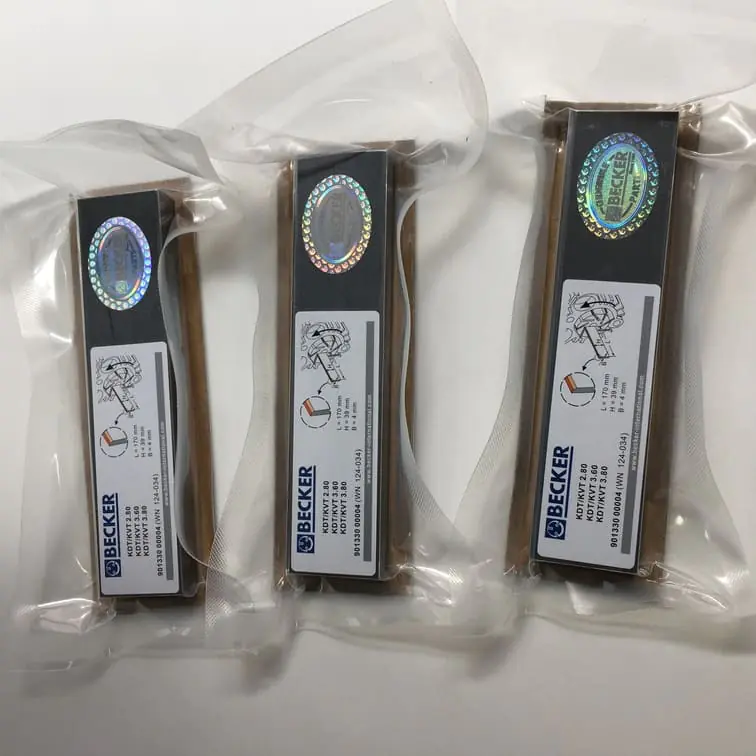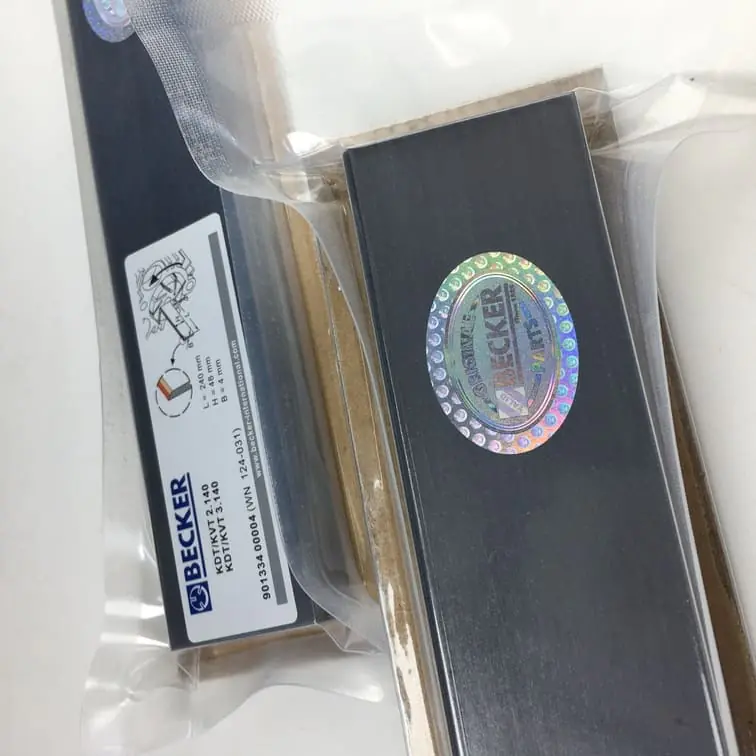What Does the Gas Ballast Do on a Vacuum Pump?
A vacuum pump is a critical piece of equipment used in many industries, from pharmaceuticals to automotive engineering. One key component often mentioned in the context of vacuum pump performance is the gas ballast. In this article, we’ll explore the role of the gas ballast in vacuum pumps, particularly rotary vane pumps, and how it improves the pump’s efficiency and operational reliability. We’ll also consider practical uses, maintenance tips, and ways to optimize the pump for various applications.
Understanding the Basics: What is a Gas Ballast?
A gas ballast is a feature found in many vacuum pumps that helps control the behavior of the pump when gases are involved, particularly condensable vapors like water vapor. When a vacuum pump operates, it pulls gases from a sealed space to reduce pressure. If there are condensable vapors in the system, they can condense and mix with the pump oil, leading to issues with both efficiency and longevity.
The gas ballast addresses this problem by introducing a small amount of ambient air into the compression cycle. This helps keep the temperature and pressure within the pump at levels where condensable gases remain in their vapor state, preventing them from condensing and contaminating the pump oil. By keeping these vapors in a gaseous form, the pump can expel them along with other exhaust gases.
In simple terms, the gas ballast valve prevents moisture and other condensable gases from reducing the pump’s effectiveness, thereby helping to maintain consistent performance and extend the life of the pump.
Why Is a Gas Ballast Important?
Vacuum pumps are often used in environments where air is mixed with other substances, like water vapor or chemical vapors. Without a gas ballast, these vapors can condense inside the pump as the pressure drops and the temperature decreases. Condensation can lead to several problems, including:
- Oil Contamination: The oil used for lubrication and sealing can become contaminated when condensable gases turn to liquid, impacting its ability to function effectively.
- Corrosion: Condensation can lead to corrosion within the pump components, reducing the life of the pump and requiring more frequent maintenance.
- Reduced Performance: When moisture accumulates, it disrupts the overall pressure level achievable by the pump, reducing its efficiency and overall performance.
Using a gas ballast allows the rotary vane pump or other types of vacuum pumps to effectively manage these issues by keeping the vapors in a gaseous state, allowing them to be expelled without causing damage.
How Does a Gas Ballast Work?
The gas ballast valve is typically a manual or automatic valve installed on the side of a vacuum pump. When opened, it allows a small amount of air to enter the compression chamber during the exhaust phase. The presence of this added air prevents the condensation of vapors.
Here’s how it works in more detail:
- Introduction of Air: During the exhaust cycle, the gas ballast valve allows a controlled amount of air to mix with the gases being compressed.
- Maintaining Vapor State: The added air increases the temperature and maintains the partial pressure of the vapor, ensuring that it does not condense during the pumping process.
- Exhaust Phase: The vapors, along with the introduced air, are expelled from the pump through the exhaust.
This process is particularly effective for managing water vapor, a common issue in many vacuum applications. For pumps without a gas ballast, vapors can condense, causing oil contamination, leading to increased maintenance costs and shorter pump lifespans.
Types of Gas Ballast Valves
There are a few different types of gas ballast valves commonly used in vacuum pumps, each suited for specific applications:
- Manual Gas Ballast Valves: These are manually adjusted by the operator depending on the nature of the gas being pumped. Manual valves are simple but require frequent attention if the process gases vary.
- Automatic Gas Ballast Valves: These valves adjust automatically, depending on the conditions within the pump. They are convenient for operations where the gas composition fluctuates, ensuring optimal performance without constant manual adjustment.
- Adjustable Ballast Valves: Some pumps come with adjustable gas ballast valves, allowing operators to regulate the amount of air introduced based on the particular requirements of their application.
Understanding the differences between these types helps operators choose the right pump and settings for their specific requirements.
Applications of Gas Ballast in Industry
The gas ballast feature is particularly useful in various industrial and laboratory settings, including:
- Chemical Processing: Many chemical reactions produce vapors that can be corrosive or harmful to the pump oil if condensed. Using a gas ballast helps to manage these vapors effectively.
- Freeze Drying: In freeze-drying processes, water vapor must be continuously evacuated. The gas ballast helps prevent the vapor from condensing, thus improving the efficiency of the process.
- Vacuum Distillation: In vacuum distillation, condensable vapors are common. A gas ballast helps maintain the vapor state, ensuring that the vacuum pump operates smoothly.
These applications show how critical the gas ballast feature can be in maintaining pump efficiency and extending operational life, especially in challenging environments.
Maintaining Your Gas Ballast and Vacuum Pump
Regular maintenance of a vacuum pump, including the gas ballast, is vital to ensure efficient performance and longevity. Here are a few maintenance tips:
- Keep the Gas Ballast Valve Clean: Any dirt or obstruction can impede the operation of the ballast valve, making it less effective.
- Check the Oil Regularly: Oil contamination is a major concern for vacuum pumps. Ensure that the oil remains clean and uncontaminated. Using the gas ballast reduces condensation, thus helping maintain oil quality.
- Regular Valve Testing: Open and close the gas ballast valve periodically to ensure that it is not stuck and is functioning correctly.
Maintaining your vacuum pump in this way will ensure that it performs well, particularly in applications where condensable vapors are present.
The Benefits of Using a Gas Ballast
The gas ballast provides several key benefits, including:
- Improved Oil Quality: By keeping vapors from condensing, the oil remains clean, extending the time between oil changes and reducing costs.
- Extended Pump Life: Preventing condensation inside the pump minimizes corrosion and wear on components, leading to longer operational life.
- Reliable Performance: A pump with a functional gas ballast can maintain a more consistent vacuum pressure, which is particularly important in sensitive applications like scientific research and production.
These benefits make the gas ballast an essential feature for any vacuum pump that deals with condensable vapors.
When Should You Use the Gas Ballast?
The gas ballast should be used whenever the pump is dealing with gases that contain condensable vapors, such as water or organic solvents. In general, it’s a good practice to open the gas ballast at the beginning of the pump-down process to remove any initial moisture.
However, there are situations where keeping the gas ballast valve open may not be ideal. For example, if you are trying to achieve a very low pressure (high vacuum), introducing air through the gas ballast can make it harder to reach those levels. Therefore, the gas ballast should be used strategically based on the application’s requirements.
Internal Resources for More Information
For more detailed information on vacuum pump operation and gas ballast features, consider these resources:
- Vacuum Pump Accessories – Learn about essential accessories that enhance vacuum pump performance.
- Rotary Vane Pump Maintenance Tips – Get tips on maintaining rotary vane pumps to extend their lifespan.
- Gas Ballast Valve Replacement Parts – Find replacement parts and accessories for maintaining your gas ballast.
FAQs
1. What does the gas ballast do on a vacuum pump?
The gas ballast prevents condensable vapors like water vapor from condensing within the vacuum pump, thus protecting the pump oil from contamination and improving the pump’s overall efficiency.
2. Can I run my vacuum pump without using the gas ballast?
Yes, you can run a vacuum pump without the gas ballast, but it is not advisable if you are dealing with condensable vapors. Without the gas ballast, vapors may condense and contaminate the oil, leading to increased maintenance and decreased efficiency.
3. How often should the gas ballast be used?
The gas ballast should be used whenever there is a risk of condensable vapors in the system, particularly during the initial pump-down phase when moisture levels are typically higher.
4. Does using the gas ballast affect the ultimate pressure of the vacuum pump?
Yes, opening the gas ballast valve can slightly increase the ultimate pressure achievable by the pump because additional air is introduced during the exhaust cycle. However, the benefits of avoiding oil contamination often outweigh this downside.
5. How do I maintain the gas ballast valve?
Keep the gas ballast valve clean and free from obstructions, and ensure it opens and closes correctly. Regular checks and maintenance will help maintain its functionality.
6. What types of pumps have gas ballast valves?
Gas ballast valves are commonly found in rotary vane pumps, but they can also be present in other types of pumps that need to handle condensable gases.
Conclusion
The gas ballast is an essential feature in many vacuum pumps, particularly those dealing with condensable vapors like water vapor. By introducing a small amount of air during the compression cycle, the gas ballast helps prevent condensation within the pump, protecting the oil and maintaining the pump’s efficiency and longevity. Understanding when and how to use the gas ballast effectively can save time, reduce maintenance costs, and extend the life of your vacuum pump.
Whether you are using a rotary vane pump for industrial applications, laboratory research, or simple processes, proper use of the gas ballast can make a significant difference in performance and reliability. For more advanced tools and parts, check out vacuumpumppart.com for a wide range of options to meet your vacuum needs.




